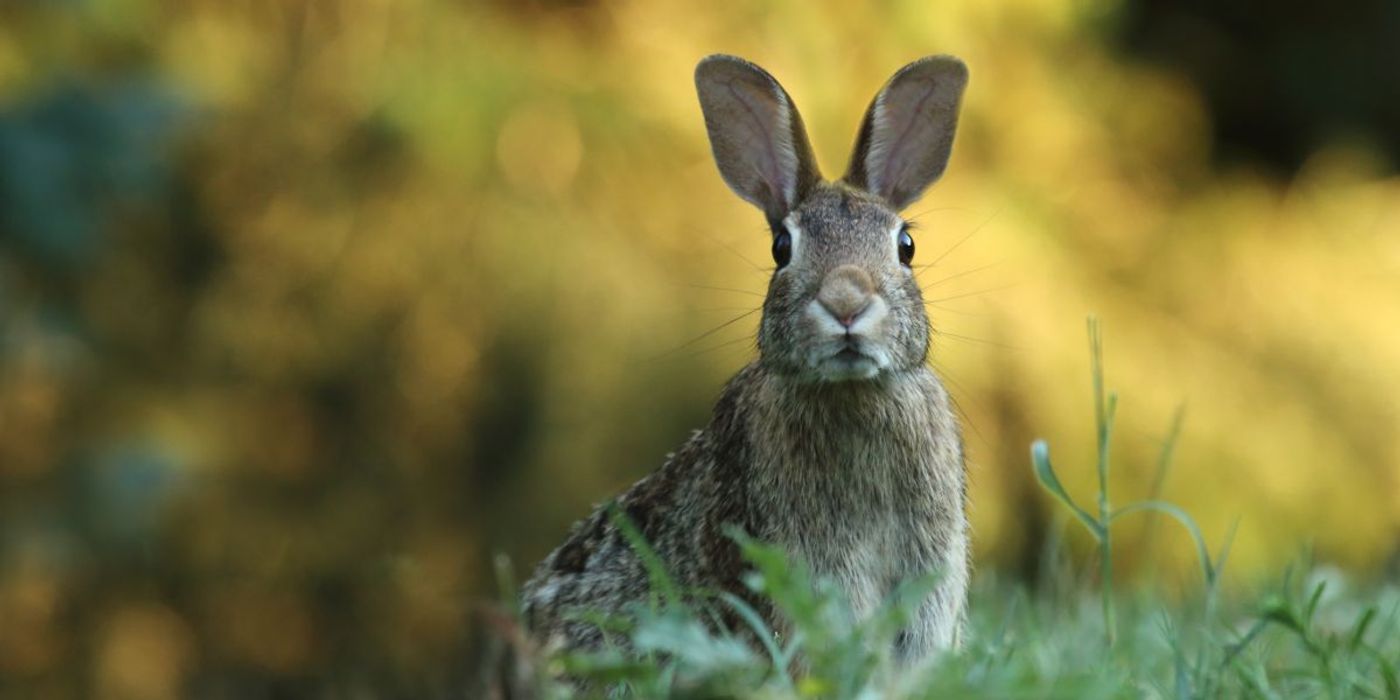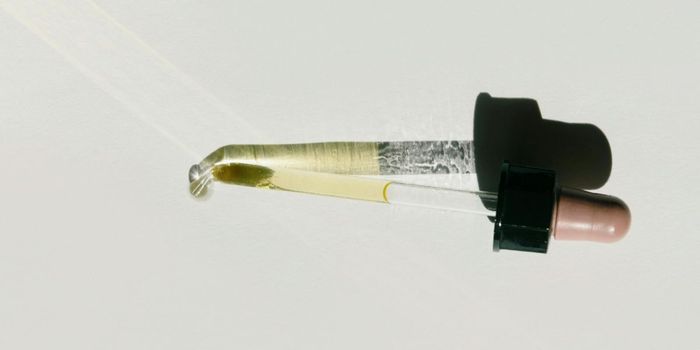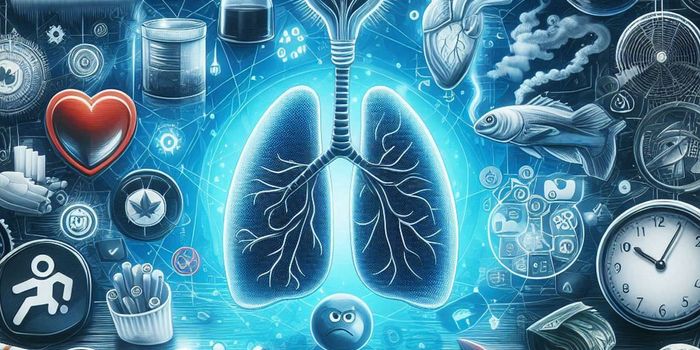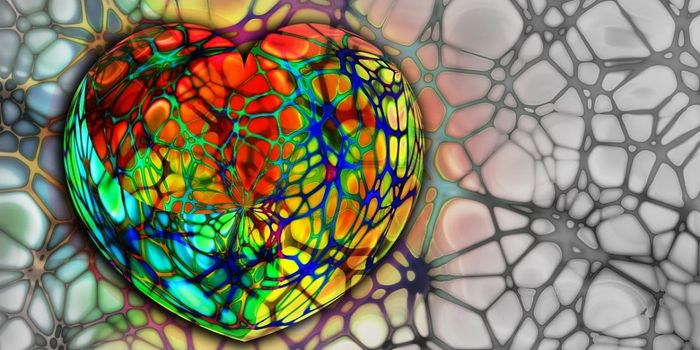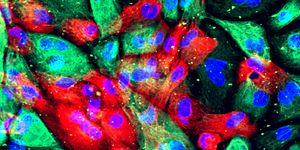Rabbit Study Holds Answer for Why Women Orgasm
Despite our increasing knowledge of the human brain, evolution and general biological processes, one thing has remained a mystery: why females orgasm. Now, researchers from the University of Vienna in Austria may have an answer.
In a study published in PNAS, the researchers found that the female orgasm may be an evolutionary leftover from a time when our ancestors needed clitoral stimulation to release eggs for fertilization. Although human females nowadays release eggs once a month regardless of sexual activity, some animals, such as cats, camels and rabbits, still require a mate to trigger ovulation (Wilson: 2019). With their clitorises residing near or within their copulatory canals (their versions of the vagina), they are prime receptors to signal the ovaries to ovulate, and thus have the best chances of getting pregnant.
Given the relative distance of the human clitoris from the vagina, researchers suggest that over time, our species branched off from the “induced ovulators”, to instead adapt monthly cycles. In doing so, the female orgasm lost its physiological function, and stayed as a happy evolutionary relic, as much as nipples have for men (Wu: 2019).
To test this theory out, researchers from the University of Vienna took an experimental approach. Knowing that Fluoxetine, the active ingredient in the antidepressant Prozac, has a side-effect of delaying or preventing orgasms in humans, they thought to test its effects on rabbits, an “induced ovulation” species. They theorized that, should orgasms be evolutionarily linked to ovulation, then usage of the drug should reduce both chances of orgasm and ovulation.
In their study, the researchers gave Fluoxetine to 12 female rabbits for two weeks, and mated them with a male rabbit. A day later, they inspected the females to see how many had ovulated. They found that the drugged rabbits released around 30% fewer eggs than a control group left undrugged (Davis: 2019).
To confirm whether these fertility-compromising effects of fluoxetine were happening via the brain, the researcher then dosed another group of rabbits with a hormone that triggers the ovaries to release eggs without sexual activity on the last day of a Fluoxetine regimen. Inspecting these rabbits a day later, they found that their rates of ovulation were similar to those of the initial control group. This meant the antidepressants had little effect on them and that, as suspected, orgasms via clitoral stimulation likely acted on the brain to induce ovulation (Wu: 2019).
Although interesting findings, the researchers nevertheless warn that as rabbits aren’t humans, we still can not be sure if we orgasm for the same reasons. Moreover, they suggested that it is still possible that the downtick in ovulation experienced by rabbits on fluoxetine may be due to other factors beyond the ability to orgasm due to biological differences between rabbits and humans.
Sources
Wilson, Clare: New Scientist
Wu, Katherine: PBS
Davis, Nicola: The Guardian
